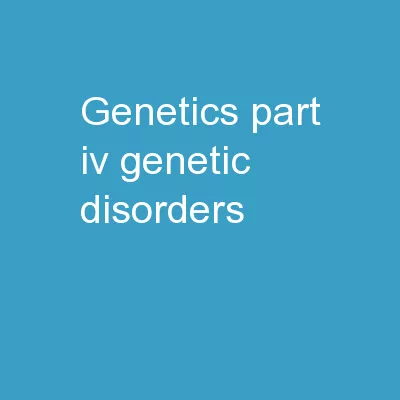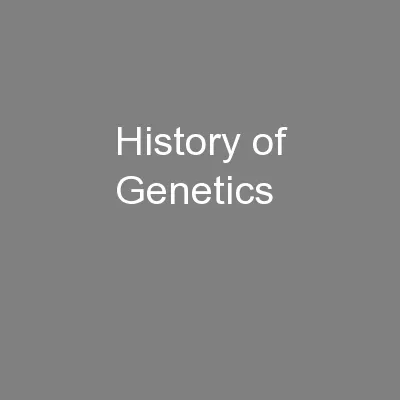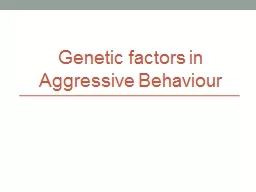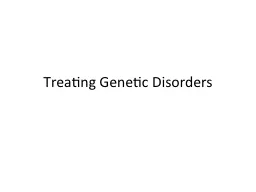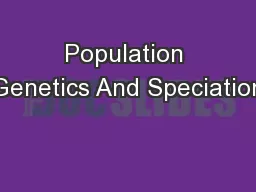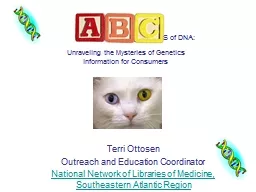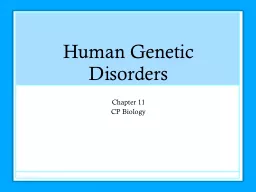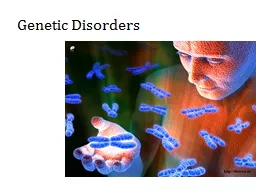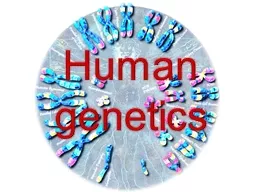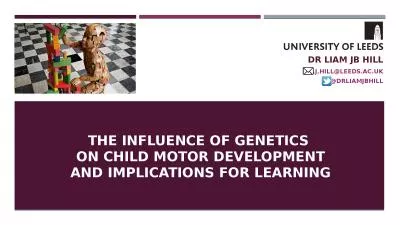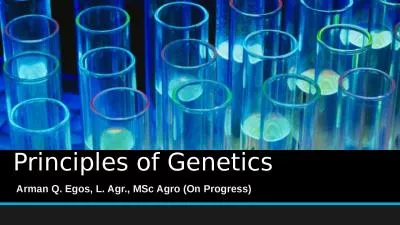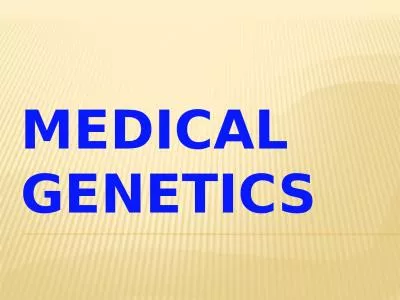PPT-Genetics: Part IV Genetic Disorders
Author : tawny-fly | Published Date : 2018-11-06
What has gone wrong 2 Certain human genetic disorders can be attributed to the inheritance of single gene traits or specific chromosomal changes such as nondisjunction
Presentation Embed Code
Download Presentation
Download Presentation The PPT/PDF document "Genetics: Part IV Genetic Disorders" is the property of its rightful owner. Permission is granted to download and print the materials on this website for personal, non-commercial use only, and to display it on your personal computer provided you do not modify the materials and that you retain all copyright notices contained in the materials. By downloading content from our website, you accept the terms of this agreement.
Genetics: Part IV Genetic Disorders: Transcript
Download Rules Of Document
"Genetics: Part IV Genetic Disorders"The content belongs to its owner. You may download and print it for personal use, without modification, and keep all copyright notices. By downloading, you agree to these terms.
Related Documents

